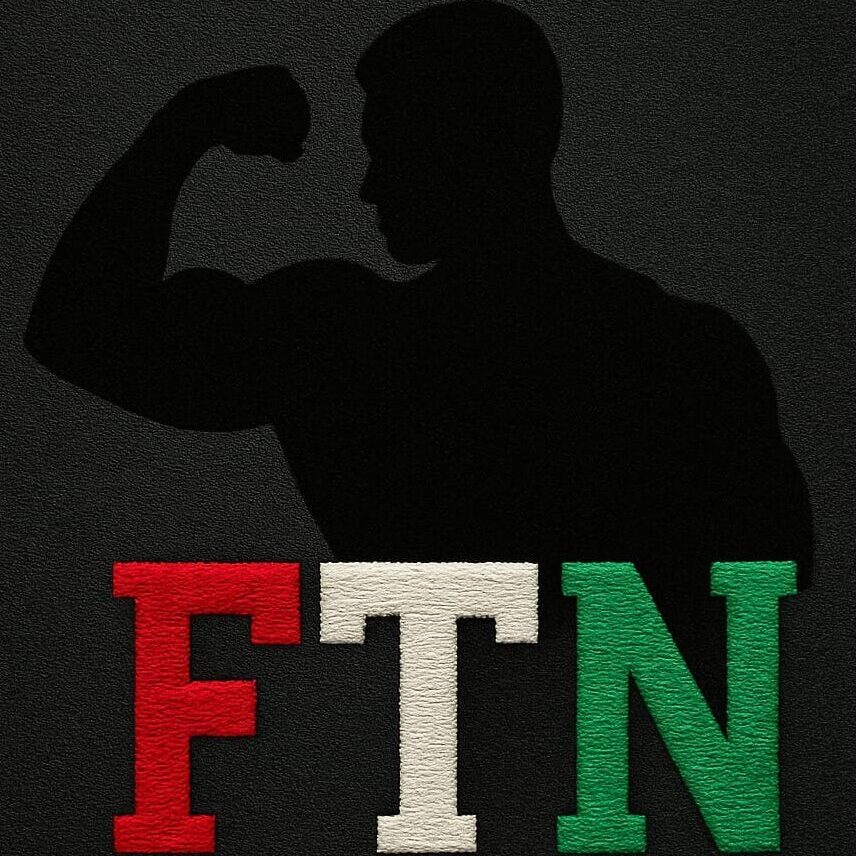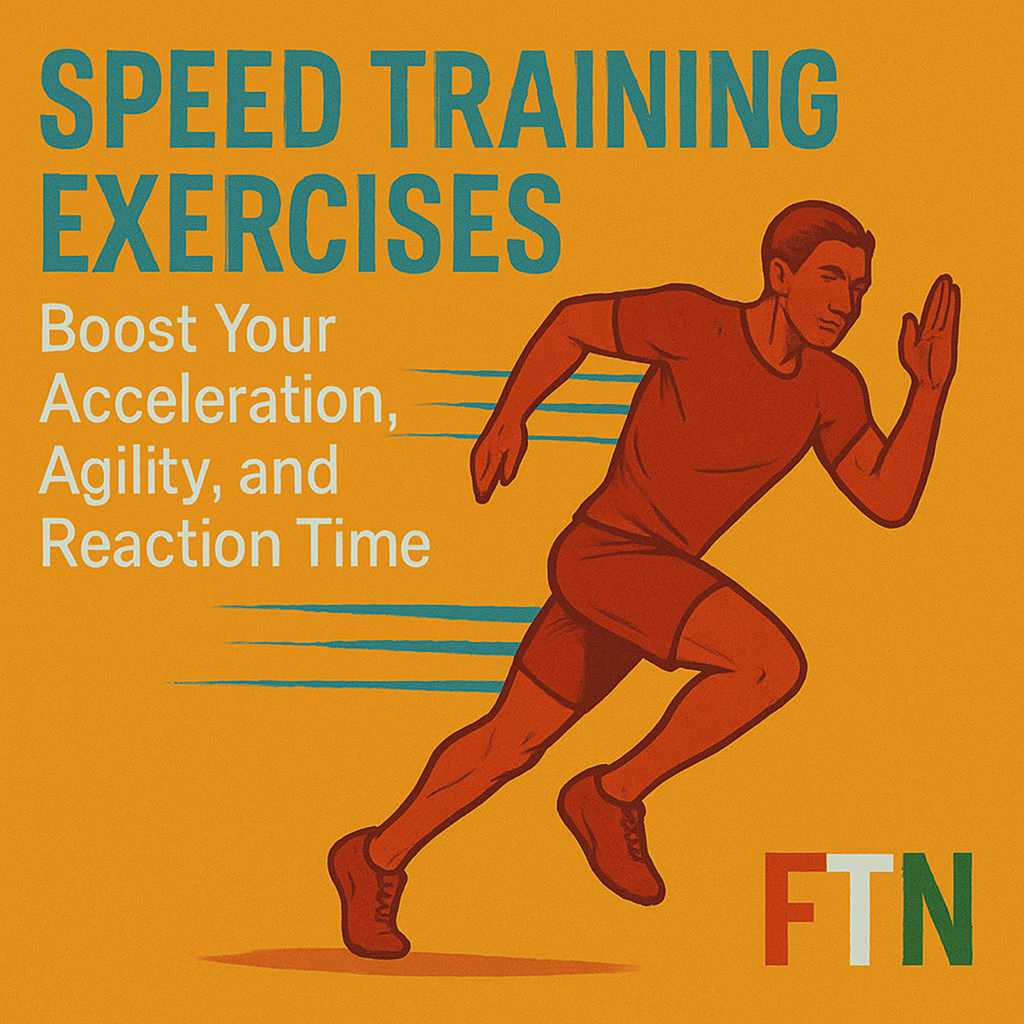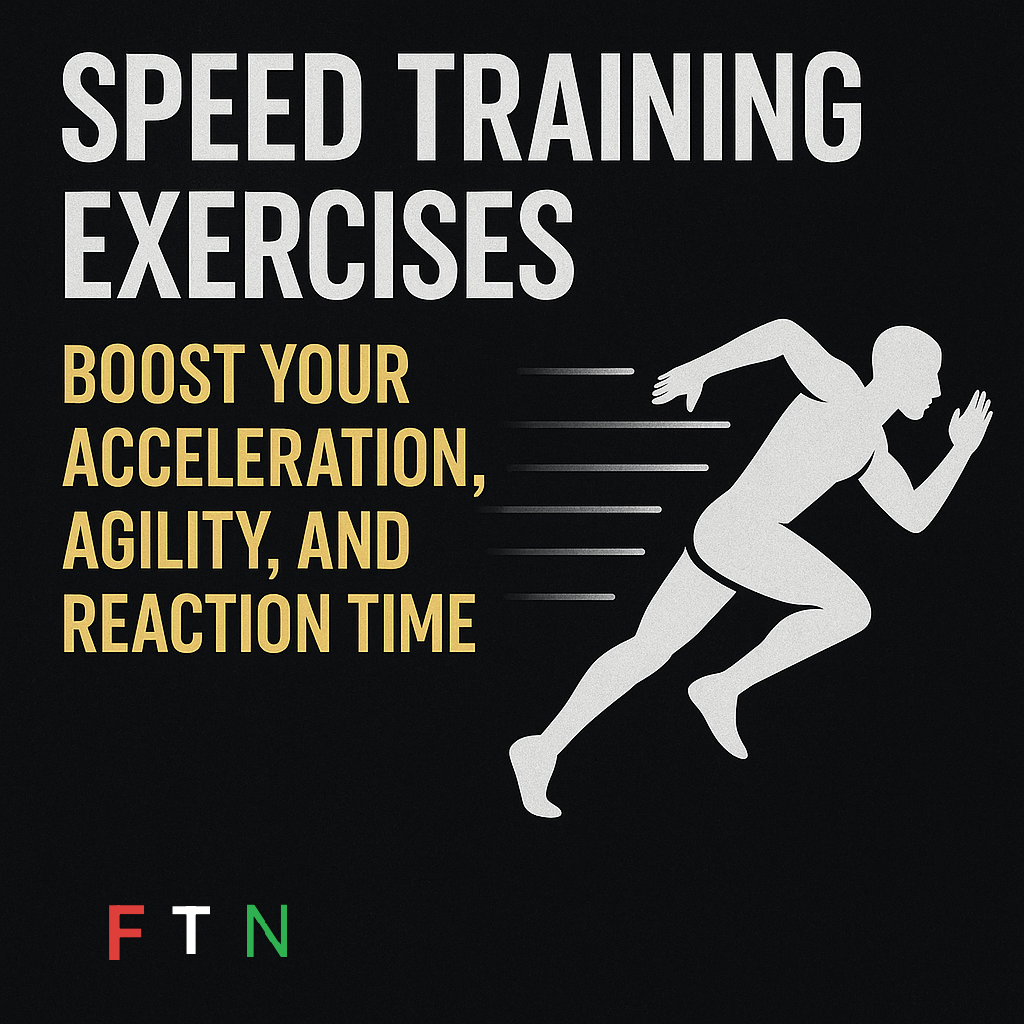Speed Training exercises : Unlocking Your Full Athletic Potential in 2025 🏃♂️💨
Whether you’re a professional athlete, a weekend warrior, or someone simply looking to improve their overall fitness, speed training is a game-changer. This specialized form of training focuses on enhancing your ability to move faster, respond quicker, and perform with greater efficiency—benefits that extend beyond sports and into everyday life.
In today’s competitive fitness environment, speed isn’t just about running fast. It’s about mastering a blend of acceleration, agility, and reaction time—three components that form the foundation of athletic performance. And the best part? Speed training is accessible to everyone, not just elite athletes.
🔍 What Is Speed Training
Speed training is a systematic approach to improving how fast and efficiently your body can move. It focuses on boosting your explosiveness, sharpening your reflexes, and helping you build a more responsive nervous system.
This form of training typically includes a variety of drills that target:
Acceleration – The ability to go from 0 to 100 quickly.
Maximum Velocity – Sustaining your top speed efficiently.
Agility – Changing direction quickly without losing control.
Reaction Time – Responding instantly to visual or auditory cues.
Each of these components can be trained through specific exercises and programming, leading to a more well-rounded athlete or fitness enthusiast.
🚀 Why Is Speed Training Important
Speed is more than just quickness—it’s a measure of control, power, and coordination. In sports like football, basketball, soccer, and track & field, a split second can make the difference between winning and losing. Even for casual exercisers, improved speed leads to better balance, more fluid movement, and reduced risk of injury.
Key benefits of speed training include:
Enhanced muscle coordination and firing patterns
Better athletic performance in various sports
Increased fat-burning potential due to high-intensity intervals
Greater neuromuscular efficiency
Improved balance and body awareness
🏃 Acceleration Training: Get Off the Line Faster
One of the core goals of speed training is to improve how quickly you can accelerate. Whether it’s the first few steps in a sprint or the initial push-off in a game, explosive starts give you an edge.
Top Exercises for Acceleration:
Hill Sprints: Builds power and strengthens glutes, quads, and hamstrings.
Resisted Sprints: Use resistance bands or sleds to add load and increase drive force.
Bounding and Power Skips: Helps with stride length and leg explosiveness.
Focusing on acceleration builds the foundation for more complex speed and agility work. It’s all about teaching your body to generate more force in less time.
🔁 Agility Drills: Master Movement in All Directions
Agility is your ability to start, stop, and change direction without losing speed or control. It’s vital in sports where quick shifts in motion are common—think soccer players weaving through defenders or basketball players dodging opponents.
Must-Try Agility Drills:
Ladder Drills: Great for foot speed and coordination.
Cone Drills (e.g., T-Drill, 5-10-5 Shuttle): Train change of direction.
Zig-Zag Sprints: Improve lateral speed and reaction time.
Incorporating these drills can also make workouts more fun and engaging, helping to combat boredom while building essential athletic skills.
⚡ Boost Reaction Time: Train Your Brain and Body
Reaction time is often overlooked, but it plays a huge role in high-speed situations. Improving this skill means you’ll respond faster to signals—whether that’s a coach’s whistle, a ball coming your way, or a sudden change in your opponent’s movement.
Ways to Improve Reaction Time:
Partner-Based Drills: React to a partner’s movement or commands.
Color-Coded Cone Drills: Sprint or change direction based on color cues.
Light or Sound Cue Apps: Use fitness tech to practice real-time responses.
By combining physical speed training with cognitive challenges, you’re training your nervous system to act faster and smarter under pressure.
💪 Strength Training for Speed: Power Meets Performance
Speed isn’t only about quick feet—it’s also about power. Strength training builds the muscular base needed for speed, particularly in the legs and core.
Key Strength Exercises:
Squats (Back, Front, and Jump Squats): Develop explosive power in your lower body.
Deadlifts: Strengthen the posterior chain—essential for sprinting.
Lunges and Step-Ups: Improve balance and unilateral leg strength.
Plyometrics (Box Jumps, Broad Jumps): Train rapid force production.
Combining these exercises with speed drills creates a comprehensive performance routine that translates into faster, more efficient movement.
🛡️ Injury Prevention in Speed Training
Speed training involves high-impact, high-intensity movements, so injury prevention is critical. A proper warm-up and cool-down routine, along with good form and recovery, can make all the difference.
Injury Prevention Tips:
Always warm up with dynamic stretching (leg swings, hip openers, high knees).
Include mobility and flexibility work to maintain healthy joints.
Cool down with static stretches and foam rolling after workouts.
Listen to your body and avoid overtraining.
By staying consistent with recovery and form, you reduce your risk of common injuries like strains, sprains, or tendonitis.
📅 How to Structure a Speed Training Program
Creating your own speed training program doesn’t have to be complicated. Here’s a simple weekly structure you can follow:
Beginner Weekly Plan:
Day 1: Acceleration + strength training (squats, deadlifts)
Day 2: Agility drills + mobility work
Day 3: Rest or light cardio
Day 4: Plyometrics + resisted sprints
Day 5: Reaction time drills + light strength
Weekend: Active recovery or sport-specific play
Each session should begin with a dynamic warm-up and end with a cool-down to support recovery.
🌟 Final Thoughts: Start Moving Faster Today
Speed training is more than just a way to get faster—it’s a holistic approach to becoming a better, more agile, and responsive version of yourself. Whether your goal is to dominate on the field, improve your fitness, or simply feel more in control of your body, adding speed drills to your routine is a smart move.
✅ Improve your coordination
✅ Burn fat and build lean muscle
✅ React faster in sports and life
✅ Feel stronger and more confident
No matter your age, background, or fitness level, you can benefit from speed training and take care about your nutrition. So lace up your shoes, warm up, and get ready to unlock your full potential—one sprint, shuffle, and stride at a time. 🏃♀️🔥
Personal Insight & Added Value:
This video delivers a well-structured and practical approach to speed training, especially for athletes who want to sharpen their acceleration, agility, and reaction time. What really stands out is how the coach combines technical drills with functional movement patterns — making the session not just educational but directly applicable to real-world performance.
As a fitness professional, I particularly appreciate the balance between explosive movements and control-focused drills. It’s a reminder that speed isn’t just about going fast — it’s about reacting smart, staying balanced, and maintaining form under pressure. Athletes at any level can benefit from integrating even a few of these drills into their warm-up or conditioning routine.
Highly recommended for anyone serious about improving game-speed in sports like football, basketball, or combat sports


